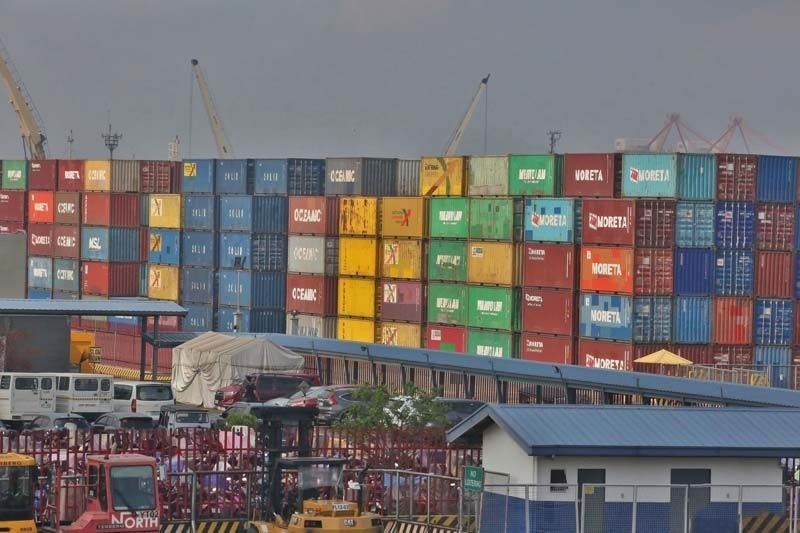Trade deficit narrows in February
MANILA, Philippines — The Philippines posted its narrowest trade deficit in five months in February as exports grew at a faster pace than imports, according to the Philippine Statistics Authority. Preliminary data from the PSA showed the balance of trade in goods or the difference between the value of exports and imports amounted to a […]


MANILA, Philippines — The Philippines posted its narrowest trade deficit in five months in February as exports grew at a faster pace than imports, according to the Philippine Statistics Authority.
Preliminary data from the PSA showed the balance of trade in goods or the difference between the value of exports and imports amounted to a deficit of $3.65 billion in February, down by six percent from the $3.88 billion shortfall in the same month last year.
The February trade deficit was also smaller than the $4.39 billion shortfall in the previous month.
PSA data showed the country’s merchandise exports went up 15.7 percent to $5.91 billion in February from $5.10 billion in the same month in 2023.
Electronic products, the country’s top export, grew by nearly 27 percent to $3.42 billion in February from $2.70 billion in the same month last year.
By major trading partner, the US accounted for the highest export value amounting to $947.83 million or a 16 percent share of total Philippine exports in February 2024.
Imports, meanwhile, rose by 6.3 percent to $9.55 billion in February from $8.98 billion in the same month last year.
Posting the highest increment in imports value in February was the metalliferous ores and metal scrap with a $219.59 million increase.
This was followed by cereals and cereal preparations, which picked up by $137.23 million and mineral fuels, lubricants and related materials with an increase of $131.71 million.
China remained the country’s biggest source of imported goods valued at $2.18 billion or 22.8 percent of the total in February this year.
Rizal Commercial Banking Corp. chief economist Michael Ricafort said the faster growth in exports compared to the increase in imports “may be partly due to the weaker peso exchange rate against the dollar since 2022 by about 11 percent that made exports more price competitive or cheaper from the point of view of international buyers, while making imports more expensive from the perspective of local buyers.”
As the exchange rate has been relatively stable in recent months, with its level at around P55 to P56 per dollar, depreciated compared to the previous year, Oikonomia Advisory and Research Inc. president and chief economist John Paolo Rivera said exporters are incentivized to ship more of their products than last year due to higher revenues from a depreciated currency.
“If the currency will continue this level or depreciate a bit in succeeding months, exports may continue to increase,” he said.














